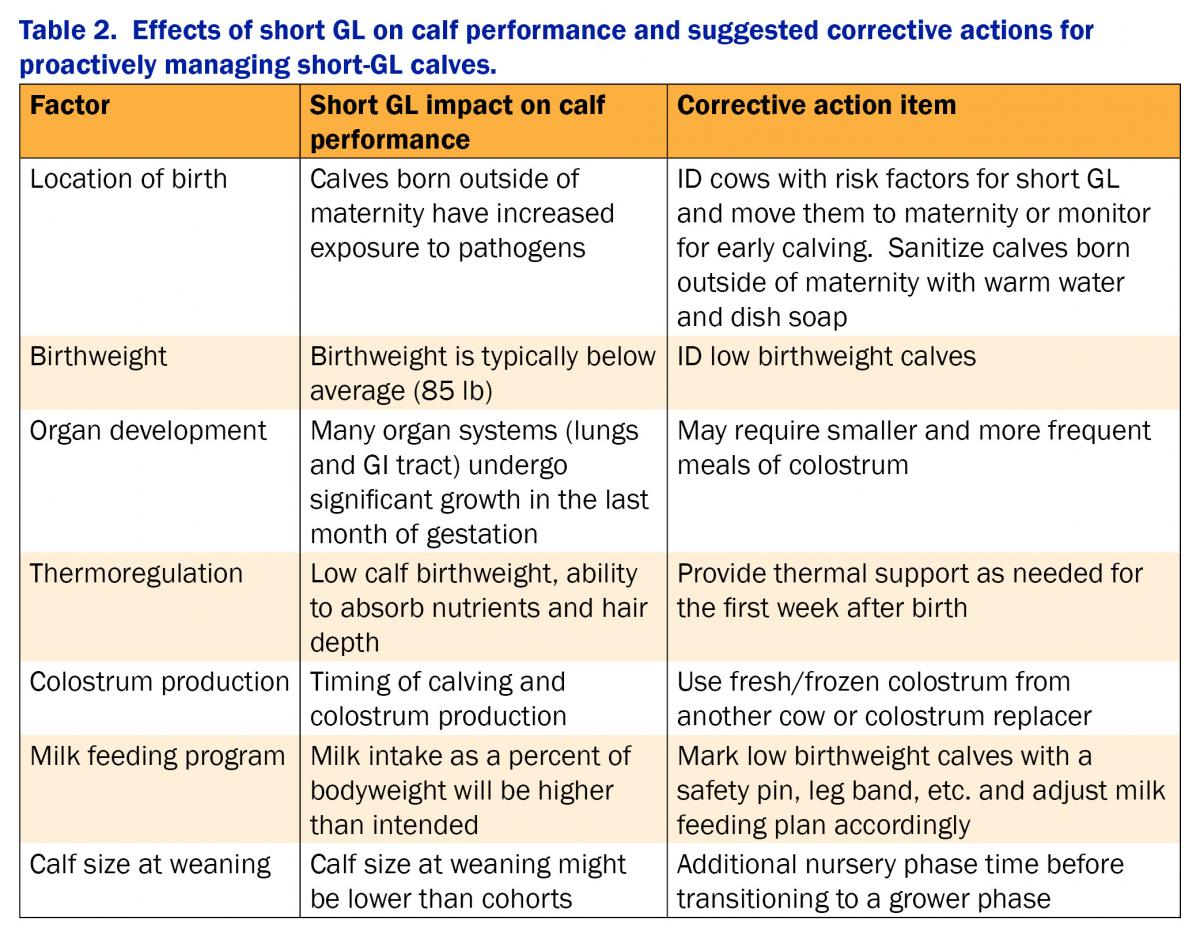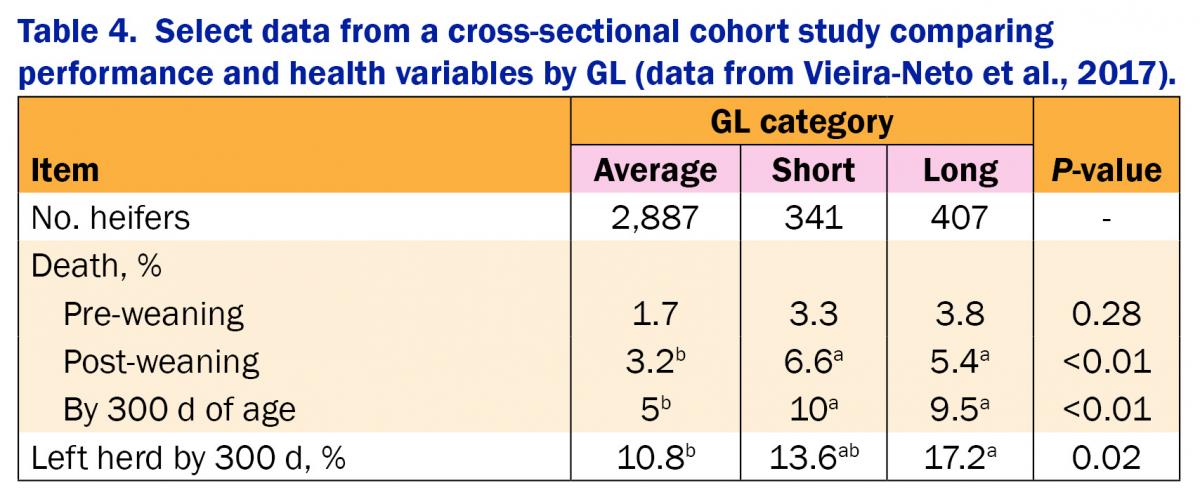
Impact of Gestation Length on Calf Performance – Dr. Noah Litherland, Vita Plus
By Dr. Noah Litherland, Vita Plus dairy youngstock specialist
Environment can have a significant impact on an animal’s performance, including effects on gestation length and subsequent calf performance.
 By Dr. Noah Litherland, Vita Plus dairy youngstock specialist
By Dr. Noah Litherland, Vita Plus dairy youngstock specialist
Epigenetics is a growing area of research exploring the influence of the environment on animal performance. Let’s explore the effects of gestation length (GL), the interval from conception to subsequent parturition, on calf performance.
A Holstein cow’s average GL is 280 days (± 5.7 days), while heifers average 278 days (± 5.5 days; Norman et al., 2009). Research from Norman et al., 2011 showed an intermediate GL (274 to 281 days) optimized lifetime productivity, calving ease and incidence of stillbirth. Cows with short or long GL had increased incidence of stillbirth and dystocia compared with intermediate GL (Nogalski and Piwczyński, 2012).
GL is influenced by many factors not limited to genetics, calf gender, singleton or twin, age of dam, and season of year. Service sire has a strong influence on calf birthweight and GL. Heritability estimates for GL based on service sire are around 0.40, considerably greater than sire of the dam (0.10) (Norman et al., 2011). Additionally, pregnancy with gendered semen seems to result in a shortened GL. Bull calves reach in utero maturity slower than heifers and tend to have longer GL. Singleton births tend to have longer GL than twin pregnancies. GL tends to increase with dam age, with first-calf heifers having the shortest GL. Calves born in spring and summer tend to have shorter GL, while calves born in winter tend to have longer GL.
Parturition is triggered by an increased fetal glucocorticoid concentration signal to the dam. This is an important signal indicating the calf’s stress response system or HPA-axis (hypothalamus-pituitary gland-adrenal gland) is mature enough to produce an adequate amount of cortisol to survive after calving, including taking the first breath.
Several dam-daughter interactions impact GL (Table 1). Hypoxemia (low oxygen) is a potent stimulus to increase activity of calf HPA-axis and results in early parturition (Matthew and Challis, 1996). First-calf heifers that are bred to calve too early for their mature size have less-than-ideal body capacity, so space limitations have the potential to create fetal stress and lead to early calving. Similarly, cows calving in heat stress have shorter GL than cows calving in thermally favorable conditions. Evaporatively cooled late-gestation cows had GL 3.5 days longer than cows not receiving cooling (Tao and Dahl, 2014). It is possible that heat stress promotes maturation of the HPA-axis in the calf and therefore decreases GL (Vieira-Neto et al., 2017). Perhaps other stressors besides heat stress (multiple pen moves, over-stocking, transportation prior to calving) also result in short GL.
Does GL influence calf performance?
Unfortunately, the literature reveals a shortage of evidence exploring impact of GL on calf performance. Consider the factors in Table 2 as they are likely to influence calf performance.
A large dataset from herds in California was analyzed to determine the impact of GL on dam and daughter performance (Table 3). The researchers grouped cows by average (276 days), short (266 days) and long (285 days) GL (Vieira-Neto et al., 2017). Primiparous cows with a short GL represented 10.5 percent of calvings, while multiparous cows with a short GL represented 7.8 percent. Short GL resulted in a 19.3 percent incidence of stillbirth in primiparous cows and 13.2 percent in multiparous cows. Incidence of retained placenta (RP) in primiparous and multiparous cows was also significantly greater when GL was short.
GL also impacted herd survival of heifers. Heifers born after a short GL represented 9.4 percent of heifers in this dataset and had a higher risk of mortality post-weaning and at 300 days of age than heifers with an average GL (Table 4).
| Category: |
Animal health Starting Strong - Calf Care Transition and reproduction |





